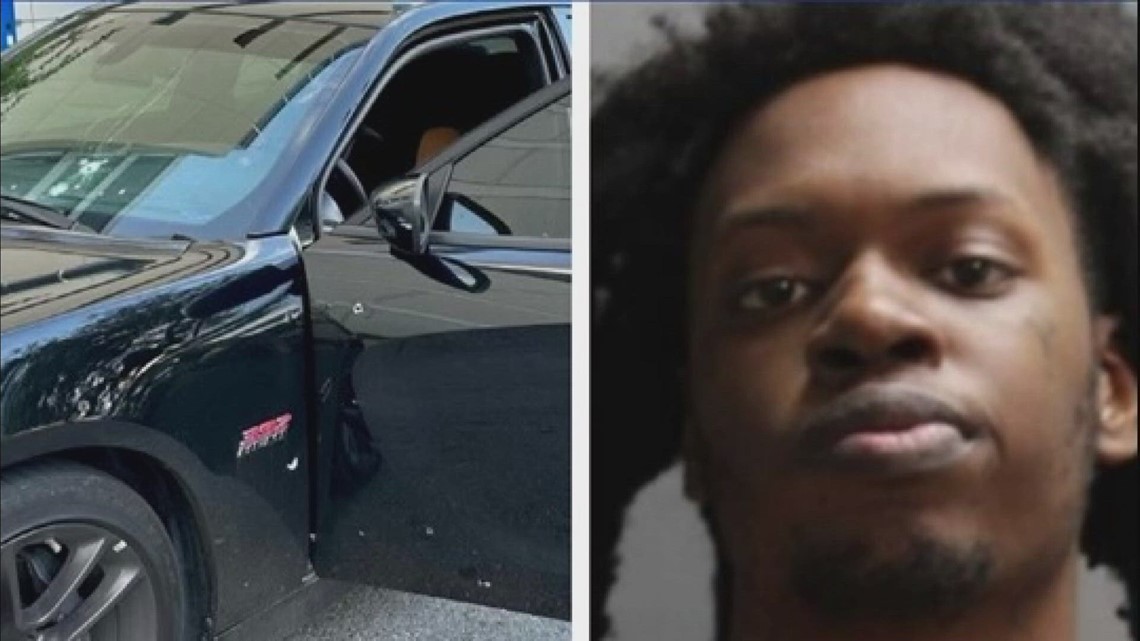In the world of crime investigation, photography plays a crucial role in preserving evidence and documenting crime scenes. The term "folio crime scene pics" refers to a collection of photographs taken at crime scenes, often compiled into portfolios for reference by law enforcement agencies and forensic experts. These images serve as critical tools in solving crimes and bringing justice to victims.
Crime scene photography has evolved significantly over the years, from traditional film cameras to advanced digital equipment. This evolution has improved the accuracy and quality of evidence collection. However, it also raises ethical and legal questions about the use and distribution of these images. Understanding the importance and implications of folio crime scene pics is essential for anyone interested in criminal justice or forensic science.
This article explores the history, techniques, and ethical considerations surrounding crime scene photography. We will also discuss the role of technology in modern investigations and provide insights into the legal framework governing the use of these images. Whether you're a student, professional, or simply curious about this topic, this article aims to offer valuable information and resources.
Read also:Kristy Altaus A Rising Star In The Entertainment World
Table of Contents
- Introduction to Crime Scene Photography
- The History of Crime Scene Photography
- Techniques Used in Crime Scene Photography
- Ethical Considerations in Crime Scene Photography
- Legal Aspects of Folio Crime Scene Pics
- The Role of Technology in Crime Scene Photography
- Challenges in Crime Scene Photography
- Tools and Equipment Used in Crime Scene Photography
- Training and Education for Crime Scene Photographers
- The Future of Crime Scene Photography
Introduction to Crime Scene Photography
Crime scene photography is an integral part of the forensic investigation process. It involves capturing detailed images of a crime scene to preserve evidence for analysis and presentation in court. The term "folio crime scene pics" highlights the systematic approach to organizing these images into portfolios for easy reference. These portfolios are often used by detectives, forensic scientists, and legal professionals to reconstruct events and identify suspects.
Importance of Crime Scene Photography
The importance of crime scene photography cannot be overstated. These images provide a permanent record of the crime scene, capturing details that might otherwise be overlooked or lost. They serve as critical evidence in court proceedings, helping to establish the facts of a case and support witness testimonies.
The History of Crime Scene Photography
The practice of crime scene photography dates back to the late 19th century when photography first became widely available. Early pioneers in forensic photography, such as Alphonse Bertillon, laid the groundwork for modern techniques. Over the years, advancements in technology have transformed the field, enabling higher resolution and more detailed images.
Key Developments in Crime Scene Photography
- Introduction of the mug shot in the 1840s
- Development of the Bertillon system in the 1880s
- Adoption of digital photography in the late 20th century
Techniques Used in Crime Scene Photography
Crime scene photographers employ a variety of techniques to ensure that their images accurately represent the scene. These techniques include:
Basic Techniques
- Overview shots to capture the entire scene
- Medium-range shots to show specific areas of interest
- Close-up shots to highlight critical evidence
Ethical Considerations in Crime Scene Photography
Crime scene photography raises several ethical concerns, particularly regarding privacy and respect for victims. Photographers must balance the need for detailed documentation with the sensitivity required when dealing with human remains and personal belongings.
Respecting Victim Privacy
One of the primary ethical considerations is respecting the privacy and dignity of victims. Photographers must ensure that images are used solely for investigative purposes and are not disseminated to the public without proper authorization.
Read also:Tamilblasters Unveiling The World Of Tamil Movie Downloads
Legal Aspects of Folio Crime Scene Pics
The legal framework surrounding crime scene photography varies by jurisdiction but generally includes guidelines for the collection, storage, and use of these images. Law enforcement agencies must adhere to strict protocols to ensure the integrity of evidence and protect individuals' rights.
Regulations Governing Crime Scene Photography
Regulations often include:
- Restrictions on the release of sensitive images
- Requirements for securing evidence during investigations
- Guidelines for using images in court proceedings
The Role of Technology in Crime Scene Photography
Advances in technology have revolutionized crime scene photography, enabling photographers to capture more detailed and accurate images. Digital cameras, drones, and 3D scanning equipment are now commonly used in investigations, providing new ways to document crime scenes.
Impact of Technology on Investigation
Technology has improved the accuracy and efficiency of crime scene photography, allowing investigators to reconstruct scenes with greater precision. This has led to more successful prosecutions and increased public confidence in the justice system.
Challenges in Crime Scene Photography
Despite its many advantages, crime scene photography presents several challenges. These include ensuring the accuracy of images, maintaining the chain of custody, and dealing with difficult environmental conditions.
Common Challenges Faced by Photographers
- Lighting issues in poorly lit environments
- Weather conditions affecting image quality
- Preserving the integrity of evidence during photography
Tools and Equipment Used in Crime Scene Photography
Crime scene photographers rely on a range of tools and equipment to perform their duties effectively. These include high-resolution cameras, tripods, lighting equipment, and specialized software for image processing.
Essential Equipment for Crime Scene Photographers
- Digital SLR cameras
- Macro lenses for close-up shots
- Portable lighting systems
Training and Education for Crime Scene Photographers
Becoming a skilled crime scene photographer requires specialized training and education. Many professionals pursue degrees in forensic science or criminal justice, supplemented by hands-on experience in the field.
Key Skills for Crime Scene Photographers
- Knowledge of forensic photography techniques
- Understanding of legal and ethical guidelines
- Proficiency in using advanced photographic equipment
The Future of Crime Scene Photography
The future of crime scene photography looks promising, with ongoing advancements in technology and methodology. Innovations such as artificial intelligence and virtual reality are expected to enhance the capabilities of photographers, enabling even more accurate and detailed documentation of crime scenes.
Predicted Trends in Crime Scene Photography
- Increased use of AI for image analysis
- Integration of virtual reality for scene reconstruction
- Development of portable, high-tech equipment
Conclusion
Folio crime scene pics play a vital role in modern criminal investigations, providing essential evidence for solving cases and securing justice. From their historical roots to the advanced techniques used today, crime scene photographs have evolved significantly, reflecting the ongoing advancements in technology and methodology. However, ethical and legal considerations remain crucial, ensuring that these images are used responsibly and with respect for victims' rights.
We encourage readers to explore further resources on this topic and consider pursuing careers in forensic science or criminal justice. By sharing this article, you can help raise awareness about the importance of crime scene photography and its impact on the justice system. For more information, please visit our website or leave a comment below with your thoughts and questions.


